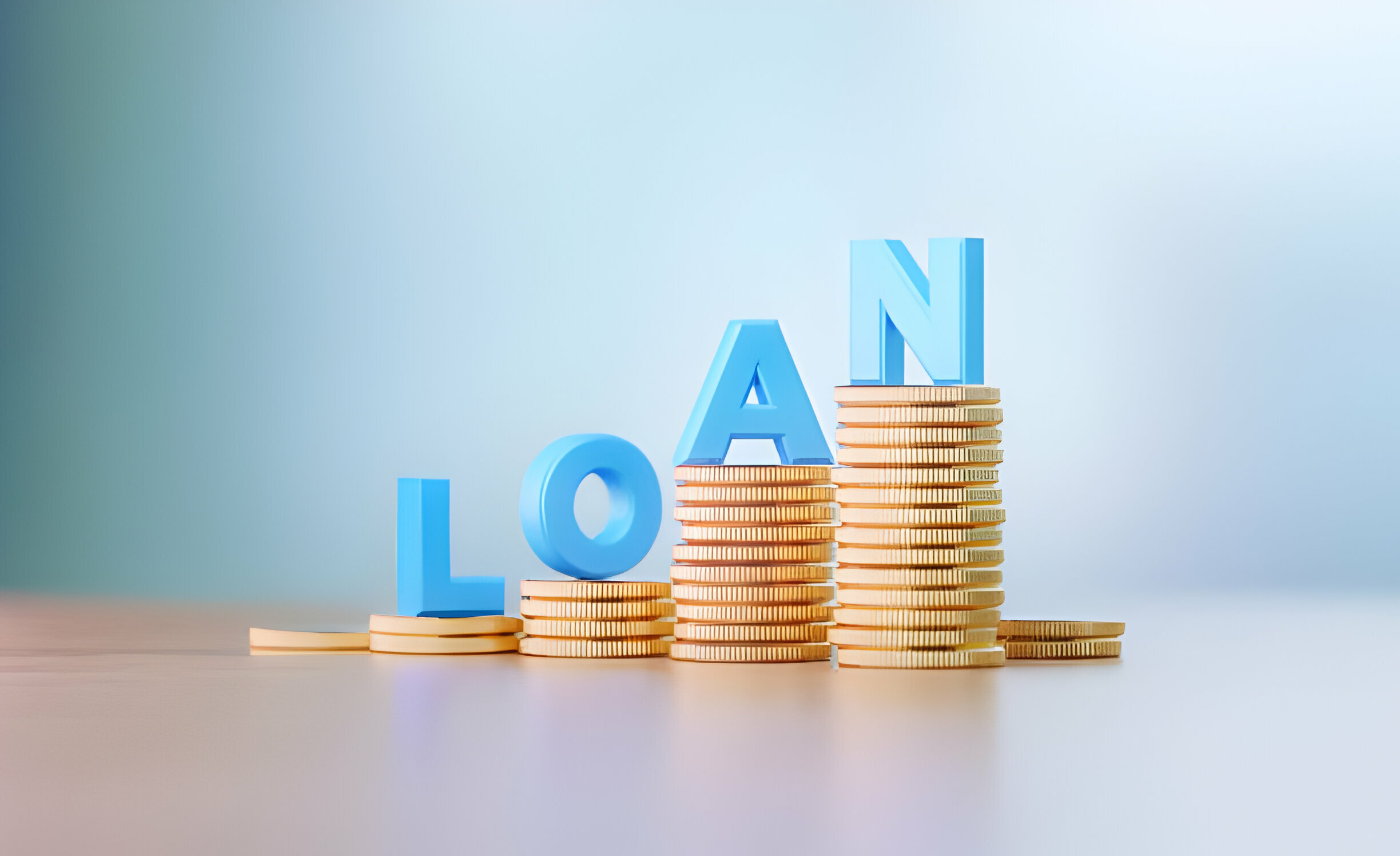If you want to apply for a loan that you can repay at your convenience, then an overdraft loan is the best option for you.
In this article, we are going to explain to you the requirements, benefits, and step-by step guide on how you can get an overdraft from your bank or private institution built to lend money.
What is an Overdraft Loan?
An overdraft loan is like a credit feature from banks that lets you take out money when you need it. You can pay it back whenever you can, and interest is only charged on the amount you’ve used from the total limit they’ve approved for you.
Eligibility Criteria For Getting an Overdraft
To get this overdraft option, here are some things to consider:
- Age: You should be between 21 and 65 years old.
- Bank Account: You need to have an existing account with the bank.
- Income: It depends on the bank’s rules.
- It helps if you have a good credit score.
- Different banks may have varying requirements for how long your business has been around.
Required Documents For Overdraft
Here are some of the documents you will be expected to have if you want to apply for an overdraft
- Completed application form with passport-sized photographs
- Identity Proof: Passport, Voter ID card, Driving License, PAN card, Aadhar card
- Address Proof: Utility Bills (Water/Electricity Bills), Passport, Driving License, Voter ID card
- Age Proof: Passport, Class X certificate
- Last 12 months’ bank statement
- Any additional documents requested by the lender
Interest Rates, Fees & Charges
Interest rates, fees, and charges vary between banks and depend on the applicant’s profile and relationship with the bank.
OTHER EASY WAYS TO APPLY FOR LOANS
- How To Get Personal Loan For Home Improvement
- How To Get Medical Loans in US
- How To Get Student Loan in Canada
- Best Loan Apps To Give You Instant Loans
- Payday Loan – How To Apply
- Emergency Loan | How To Apply And Get Emergency Loan
Features
- Overdraft is accessible through any bank account.
- Many private sector banks now offer this facility for both salary and savings account holders.
- The extension of money is based on the customer’s account value, repayment history, or credit score.
- It’s a short-term credit provided by the bank, to be repaid within a specific time frame.
- Interest is charged on the used amount, typically for a few days to a few weeks.
- The bank determines the repayment tenure and has full control over the account and its usage.
- According to RBI regulations, current accounts and cash credit accounts are eligible for a maximum of Rs. 50,000 per week.
Benefits of Overdraft Loan
There are some benefits you get to enjoy when you apply or have overdraft loans. We have listed it below;
- Flexible use of cash in small amounts
- Meets urgent cash needs
- Aids in managing business cash flow
- Interest is charged only on the amount used
- Minimal paperwork
- No need for collateral with banks/NBFCs
- Short-term borrowing with annual review
How To Apply for An Overdraft Loan
Coming down to what you have been waiting for, which is how you can apply for an overdraft, follow the steps we have provided below to get started.
Customers can access the Overdraft Loan through various channels like internet banking, mobile apps, or by visiting the bank branch.
The application process for the Overdraft Loan facility may differ from one bank to another. Depending on your bank, you can follow these steps:
1. Online Access
Log in through Internet Banking or the mobile app.
Click on the offer displayed in the ‘offers tab.’
Click on ‘Avail Now’ to activate your overdraft facility.
2. Bank Branch Visit
Visit your bank branch.
Fill out the necessary form to avail the overdraft facility.
Difference Between Overdraft and Term Loan
A Lot of people do get confused when we talk about overdraft as they assume it to be the same as term loan. Below we have differentiated the two for you to know and also know the one you want to apply for.
Nature of Credit
- Overdraft (OD): Provided as a form of credit based on a current account, with a flexible withdrawal amount.
- Term Loan: Involves borrowing a fixed amount from a bank, specifying a predetermined repayment period.
Interest Charges
- OD: Interest is charged only on the borrowed overdraft amount, not on the entire stated limit.
- Term Loan: Interest is applied to the entire borrowed amount, whether fully utilised or not.
Duration and Amount
- OD: Generally accessed for a shorter duration with limits on credit; suitable for fulfilling working capital needs.
- Term Loan: Available for a longer period (1 to 10 years), allowing for larger sums; ideal for capital investments like buildings or machinery.
Repayment Structure
- OD: Payment is possible in a lump sum and can be closed at any time, with a flexible payment scheme.
- Term Loan: Involves regular EMIs on a set schedule; delays in EMI payments can impact credit ratings.
Conclusion
Overdraft loans offer flexible, short-term credit with interest on the utilised amount. Ideal for managing immediate cash needs, they provide quick access to funds, minimising paperwork and collateral requirements. Follow all the steps we provided for you here and your good to go.

